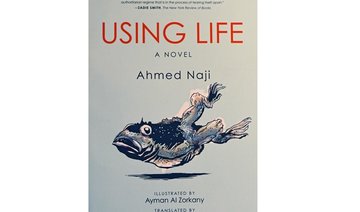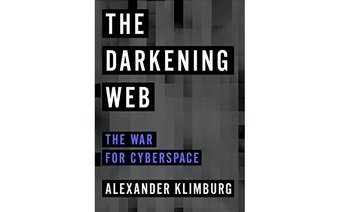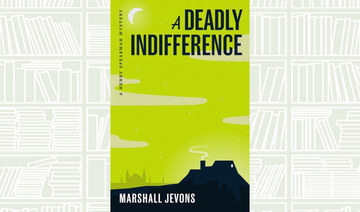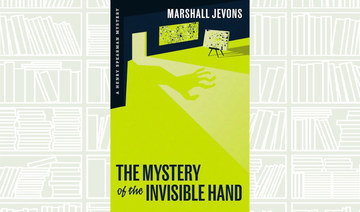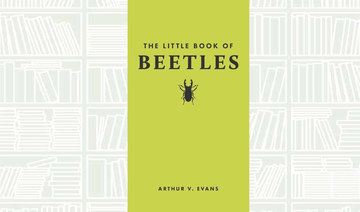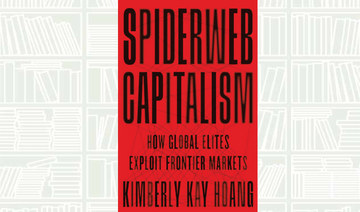One can only rejoice at the release of a new, expanded edition of one of the world’s best books on weaving. “On Weaving” is an absolute masterpiece written by Anni Albers, one of the most talented and creative artists of the 20th century. Printed several times since its first publication in 1965, this new version features full-cover photographs instead of the book’s original black-and-white illustrations, as well as an afterword by Nicholas Fox Weber, executive director of The Josef and Anni Albers Foundation and essays by Manuel Cirauqui and T’ai Smith.
Weber writes in the afterword that Albers “took the art of textiles into realms that are glorious guideposts for all people for all time.” Albers revolutionized the way people looked at textiles, she also gave weavers and designers whose inspiration was stifled a breath of fresh air. She opened new channels of creativity, suggesting unforeseen possibilities, new ways of combining visual and structural work in thread, art and design.
“How do we choose our specific material, our means of communication? Accidentally, something speaks to us, a sound, touch, hardness or softness, it catches us and asks us to be formed. We are finding our language and as we go along we learn to obey its rules and its limits,” Albers once said.
And indeed, Albers found her medium, weaving, by accident. In 1922, at the age of 23, Albers was accepted into Bauhaus, a pioneering school in Germany whose mission was to teach the role of functional art and design to everyone, regardless of wealth and class. Bauhaus provided courses in various specialties, such as woodworking, metal, wall painting and glass. Most women at the time chose to enter the weaving workshop whereas Albers preferred to study the art of glasswork. However, Walter Gropius, who founded Bauhaus, believed that it was not advisable that women work in the heavy crafts areas, such as carpentry and he said: “For this reason, a women’s section has been formed at the Bauhaus (School), which works particularly with textiles, bookbinding and pottery.”
Ambitious and eager to know more about the history of textiles, Albers visited ethnological museums in Berlin and Munich and read “Les Tissus Indiens du Vieux Perou” by Marguerite and Raoul d’Harcourt, which introduced her to the ancient textile art of Peru. She would eventually consider the Peruvian weavers as “her greatest teachers” because nearly all the existing methods of weaving had been used in ancient Peru.
During her early years as an artist, Albers was profoundly influenced by Paul Klee who repeatedly insisted that the ultimate form of an artistic work was not as significant as the process leading to it. Klee also introduced her to his use of formal experimentation and graffiti-like markings, which he believed could nurture the subconscious. Albers adopted this concept and integrated it into her abstract tapestries.
This book takes the reader on a journey of discovery of an ancient craft, one that has remains essentially unchanged to this day. The book’s first chapter, “Weaving, Hand” is in fact the entry about weaving that Albers wrote for Encyclopedia Britannica: “One of the most ancient crafts, hand weaving is a method of forming a pliable plane of threads by interlacing them rectangularly. Invented in a pre-ceramic age, it has remained essentially unchanged to this day. Even the final machinery has not changed the basic principle of weaving.”
Weaving is one of the oldest surviving crafts in the world and goes back to Neolithic times, about 12,000 years ago. “Beginnings are usually more interesting than elaborations and endings. Beginning means explorations, selections, development, a potent vitality not yet limited, not circumscribed by the tried and traditional,” wrote Albers.
The artist used to take her students back in time to understand how it all began. The hides of animals are probably the closest prototype to fabrics. They are flat and versatile and can be used for many purposes. They can protect us from the weather and also shelter us as roofs and walls. Perhaps it all began when someone had the idea of adding a flexible twig to fasten the hides together. This manner of using both a stiff and a soft material was found in the 5,000-year-old mummy wrappings excavated in Paracas, Peru.
The wrappings extracted from the tombs were like “rushes tied together in the manner of twining… stiff materials were connected by means of a softer one to form a mat pliable in one direction, stiff in another,” wrote Albers.
These rushes are closer to basketry than fabrics. In fact baskets made using a similar technique were found in the same burial site. Twining is a method that appears to have evolved into weaving and this, according to Albers, might explain one of the origins of textile techniques.
Knotting, netting and looping resemble twining. Crocheting and knitting are said to have been invented by the Arabs. The oldest specimens have been located in Egyptian tombs from the seventh or eighth century.
Tapestry weaving is a form of weaving that dates back to the earliest beginnings of thread interlacing. One of the earliest pictorial works was found in a tomb located in northern Peru. Along with cave paintings, threads were the earliest transmitters of meaning, according to the book.
Albers developed “pictorial weaving” between the 1930s and 1960s. Her woven pictures are unique works of art in which colors, sounds, abstract forms and pictures are embedded in the fabric. Thanks to a unique and sophisticated technique combining history and innovation, an unbridled imagination and unrestrained energy, Albers weaved masterpieces. Her tapestries celebrate not only the wonder and dynamism of fiber, but also the beauty and mystery of life itself.
Book Review: Unraveling the history of weaving
Book Review: Unraveling the history of weaving

What We Are Reading Today: The Princeton Field Guide to Dinosaurs

Author: Gregory S. Paul
The bestselling “Princeton Field Guide to Dinosaurs” remains the must-have book for anyone who loves dinosaurs, from amateur enthusiasts to professional paleontologists. Now extensively revised and expanded, this dazzlingly illustrated large-format edition features nearly 100 new dinosaur species and hundreds of new and updated illustrations, bringing readers up to the minute on the latest discoveries and research that are radically transforming what we know about dinosaurs and their world.
What We Are Reading Today: The Virtue Proposition by Sig Berg
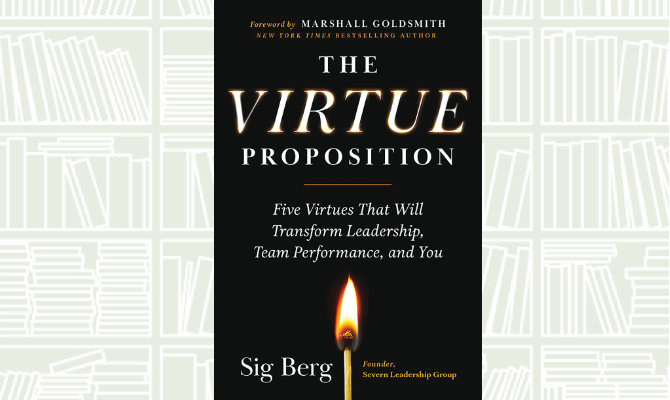
Sig Berg, founder of the Severn Leadership Group, explains what’s missing from traditional leadership, with its emphasis on the rules and rituals of boardrooms and C-suites, and from iconoclastic leadership, which urges you to move fast and break things.
Neither of these embrace virtues, and neither has, nor ever will, deliver consistent superior results.
There is a courageous third way: virtuous leadership.
This book speaks to men and women who witness the absence of virtues and know they can do better, says a review published on goodreads.com.
What We Are Reading Today: ‘Stellar English’
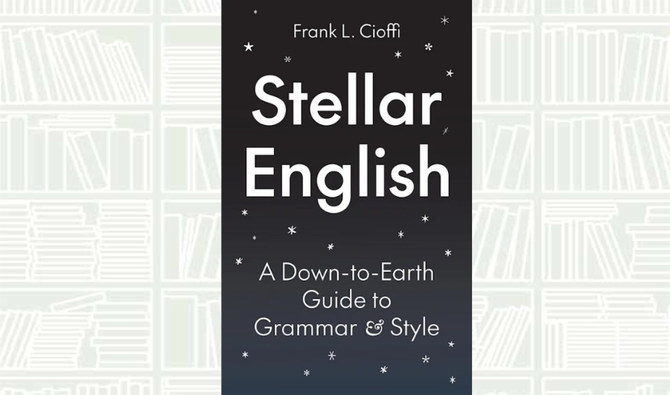
Author: FRANK L. CIOFFI
“Stellar English” lays out the fundamentals of effective writing, from word choice and punctuation to parts of speech and common errors.
Frank Cioffi emphasizes how formal written English—though only a sub-dialect of the language—enables writers to reach a wide and heterogenous audience.
Cioffi’s many example sentences illustrating grammatical principles tilt in an otherworldly direction, making up a science fiction story involving alien invasion.
What We Are Reading Today: A Deadly Indifference
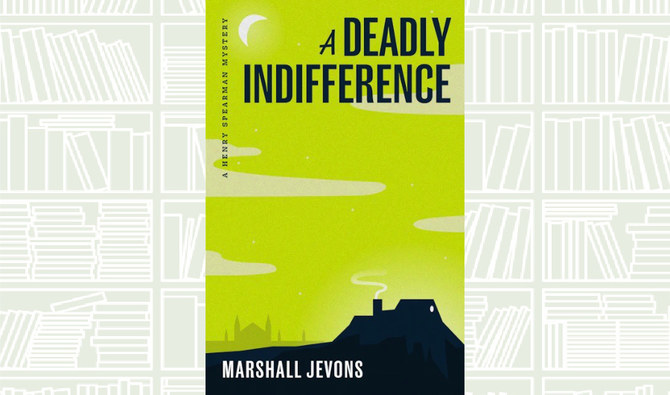
Author: Marshall Jevons
Harvard professor Henry Spearman—an ingenious amateur sleuth who uses economics to size up every situation—is sent by an American entrepreneur to Cambridge, England.
Spearman’s mission is to scout out the purchase of the most famous house in economic science: Balliol Croft, the former home of Professor Alfred Marshall, John Maynard Keynes’s teacher and the font of modern economic theory.
After a shocking murder, Spearman realizes that his own life is in danger as he finds himself face-to-face with the most diabolical killer in his career.
What We Are Reading Today: The Mystery of the Invisible Hand
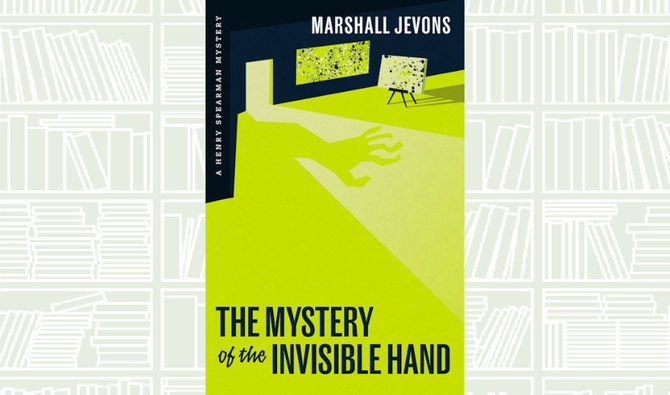
Author: Marshall Jevons
In “The Mystery of the Invisible Hand,” Henry Spearman, an economics professor with a knack for solving crimes, is pulled into a case that mixes campus intrigue, stolen art, and murder.
Arriving at San Antonio’s Monte Vista University to teach a course on art and economics, he is confronted with a puzzling art theft and the suspicious suicide of the school’s artist-in-residence.
From Texas to New York, Spearman traces the connections between economics and the art world, finding his clues in monopolies, auction theory, and Adam Smith.


